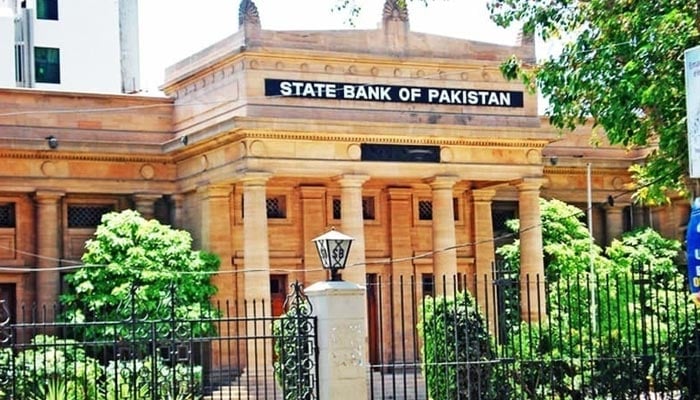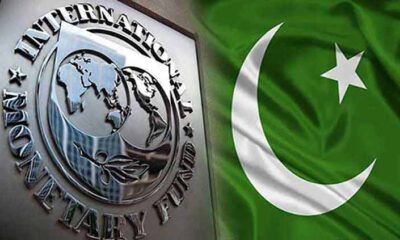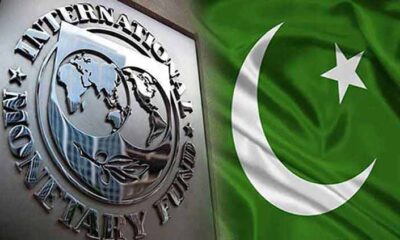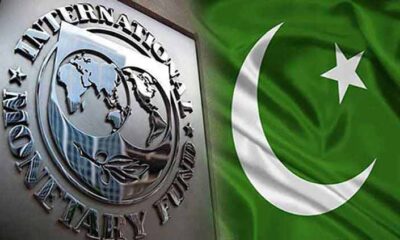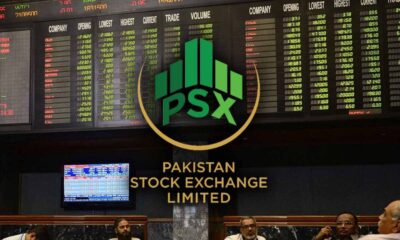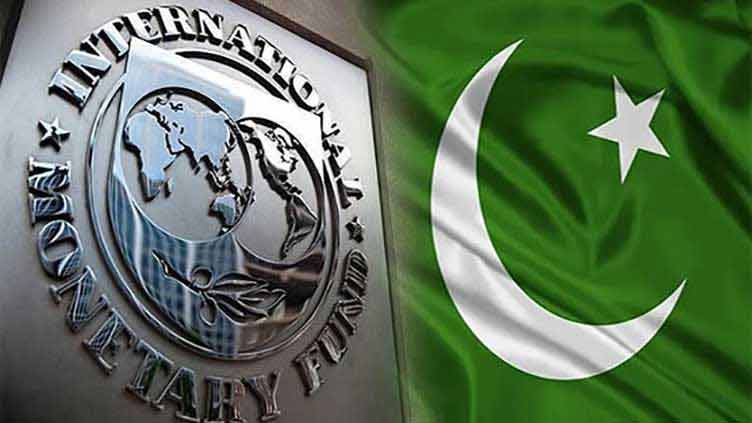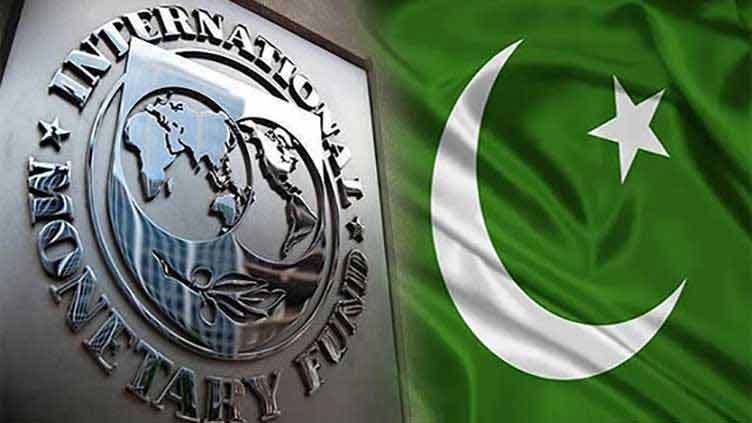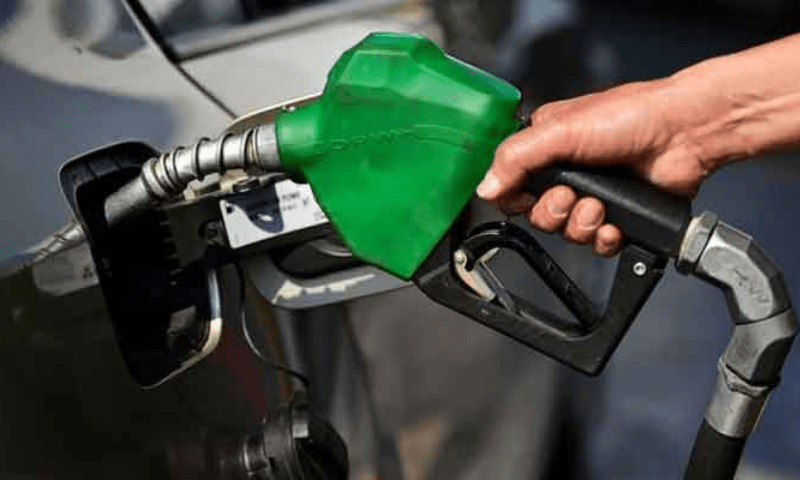- SBP raises export financing markup rates by 200 basis points.
- Decides to reduce gap between policy rate and EFS, LTFF to 3%.
- This will come into effect from December 30, 2022.
KARACHI: The State Bank of Pakistan (SBP) has raised the export financing markup rates by 200 basis points in line with the key policy rate, The News reported Friday.
In a circular issued on Thursday, the central bank decided to reduce the gap between the policy rate and Export Finance Scheme (EFS) and the Long-term Financing Facility (LTFF) from the existing 5% to 3%.
“Accordingly, markup rates for financing under EFS (Part-I & Part-II) and LTFF are increased from the existing 11% per annum to 13% per annum each with effect from December 30, 2022.”
In the future with any change in the SBP policy rate, markup rates for EFS and LTFF would be revised automatically so that the gap between the policy rate and EFS and LTFF rates was maintained at 3%, the central bank added.
With the fresh SBP move, the interest rates on working capital financing and plant machinery have been increased.
The rates on EFS and LTFF schemes were fixed at 3-5% until March 2022. On July 7, 2022, the SBP linked the rates of EFS and LTFF with its policy rate.
The SBP hiked the policy rate by 100 basis points to 16% last month to prudently strike a balance between maintaining growth post-floods and managing inflation. The central bank is set to announce the upcoming interest rate decision on January 23.
Analysts expect the SBP to maintain a tight monetary stance in the second half of this fiscal year as inflation remains elevated. The policy rate is likely to be raised by 100 bps to 17% in the first quarter of 2023.
The rise in the cost of borrowing is expected to affect exports and the private sector credit growth.
In line with the slowdown in economic activity, private sector credit continued to moderate, increasing only by Rs86.2 billion during the first quarter compared to Rs226.4 billion during the same period last year, the SBP said in its last monetary policy statement.
This deceleration was mainly due to a significant decline in working capital loans to wholesale and retail trade services as well as to the textile sector in the wake of lower domestic cotton output, and a slowdown in consumer finance, it added.

 Latest News2 days ago
Latest News2 days ago
 Latest News3 days ago
Latest News3 days ago
 Latest News3 days ago
Latest News3 days ago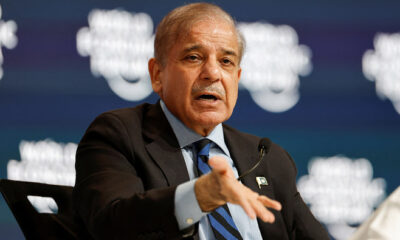
 Latest News3 days ago
Latest News3 days ago
 Latest News3 days ago
Latest News3 days ago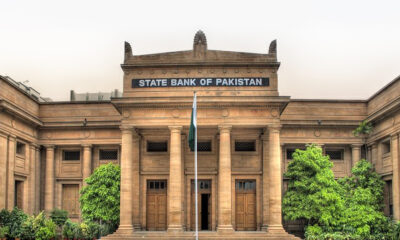
 Business3 days ago
Business3 days ago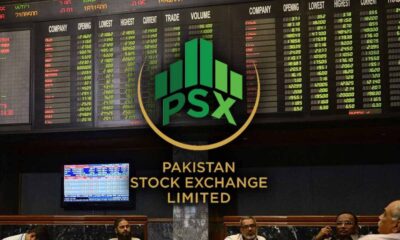
 Business3 days ago
Business3 days ago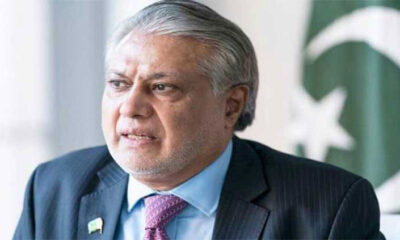
 Latest News3 days ago
Latest News3 days ago
